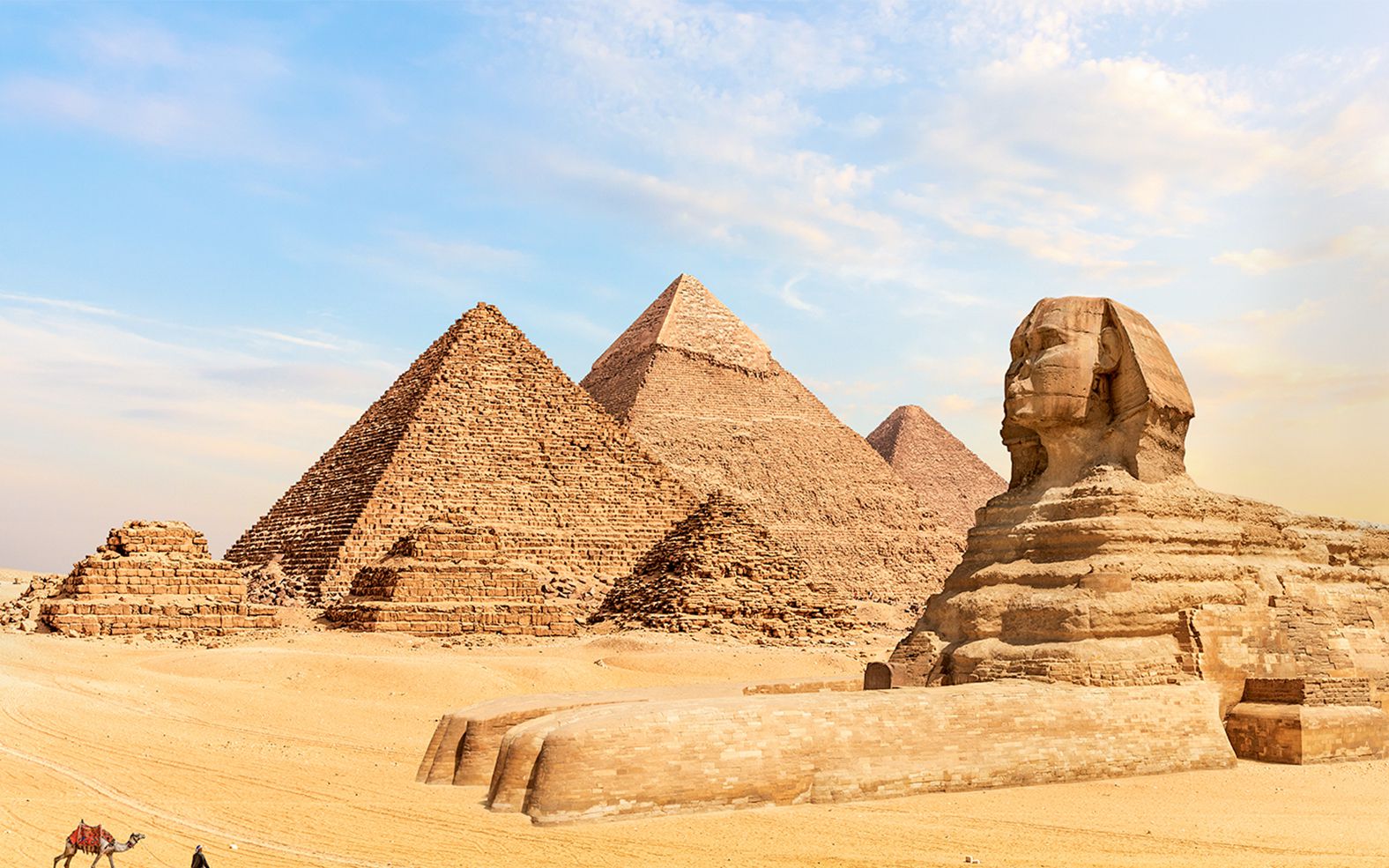
Before colonial powers arrived, Africa was home to powerful kingdoms and empires with rich cultures, strong governments, and thriving trade networks.
These civilisations shaped the continent’s history and connected Africa to the rest of the world through trade, religion, and ideas.
This article highlights seven important pre-colonial African kingdoms that helped shape Africa’s future and left lasting legacies still seen today.
ALSO READ: Africa Day: Quotes of prominent African leaders
1. Ancient Egypt (c. 3100 BCE – 30 BCE)
Few civilisations in history have left as profound a mark as Ancient Egypt, one of the most enduring and influential kingdoms of pre-colonial Africa.
Situated in northeastern Africa, this civilisation emerged around the 4th millennium BCE and flourished for over 3,000 years, until approximately 30 BCE.
Renowned for its sophisticated writing system—hieroglyphics—alongside monumental structures such as the pyramids of Giza and the Great Sphinx, Ancient Egypt developed a powerful centralised government and complex religious institutions.
It also maintained extensive trade and diplomatic relations with territories as far afield as Cyprus, the Levant, and Nubia (modern-day Sudan).
Ruling through a dynastic system led by pharaohs, the Egyptians built a legacy that includes art, literature, and scientific knowledge.
Their cultural and religious influence extended well beyond their borders and remains visible today in archaeological sites, museum collections, and popular culture worldwide.
2. The Kingdom of Kush (c. 1070 BCE – 350 CE)
The Kingdom of Kush, located to the south of Ancient Egypt in what is now Sudan, rose to prominence around 1070 BCE after gaining independence from Egyptian rule.
It became a powerful entity in northeast Africa, at one point conquering and ruling Egypt during the 25th Dynasty (circa 727–653 BCE), often referred to as the era of the "Black Pharaohs".
Kush's wealth stemmed largely from its strategic position along key trade routes connecting the Nile Valley with sub-Saharan Africa and the Red Sea.
Gold and iron were among its most valuable resources, with iron tools and weapons bolstering its military strength.
After centuries of influence, the kingdom gradually declined, eventually collapsing around the 4th century CE.
Nevertheless, Kush’s legacy lives on through its distinctive pyramids, temples, and the enduring influence it had on the region's culture and politics.
3. The Aksumite Empire (c. 100 CE – 940 CE)
The Aksumite Empire emerged in the first century CE in what is now northern Ethiopia and Eritrea. Building on the earlier D?mt civilisation, Aksum became a major player in trade between Africa, Arabia, and the broader Mediterranean world.
Aksum’s capital, Axum, was a bustling metropolis famed for its monumental obelisks, advanced architecture, and a writing system known as Ge’ez—Africa’s only indigenous script that remains in use today for liturgical purposes.
Notably, Aksum was among the first African kingdoms to adopt Christianity, becoming a key centre of the faith in sub-Saharan Africa.
Recognised by the Persian philosopher Mani as one of the world’s four great powers of the 3rd century—alongside Rome, Persia, and China—Aksum’s decline began in the 7th century due to shifting trade routes and external invasions.
4. The Ghana Empire (c. 830 – 1235 CE)
The Ghana Empire, also known as Wagadu, was an influential West African state located in the area now part of southeastern Mauritania and western Mali. Though unrelated to the modern nation of Ghana, the empire flourished between the 6th and 13th centuries.
Renowned for its vast gold reserves, Ghana became a hub of trans-Saharan trade, exchanging gold for salt and other goods.
The empire’s rulers regulated and taxed trade, amassing immense wealth and fostering urban development.
The empire began to decline in the late 12th century and eventually came under the control of the emerging Mali Empire. Its legacy endured through its contributions to West African political organisation and trade.
In recognition of this heritage, Ghana’s name was adopted by the Gold Coast colony upon its independence from Britain in 1957.
5. The Mali Empire (c. 1235 – 1600 CE)
Founded by Sundiata Keita in the early 13th century, the Mali Empire became one of Africa’s most powerful and culturally rich civilisations.
Situated in the heart of West Africa, it encompassed parts of modern-day Mali, Senegal, Guinea, Mauritania, and beyond.
The empire's prosperity was underpinned by control of trans-Saharan trade routes and abundant natural resources, particularly gold and salt.
The city of Timbuktu emerged as a centre of learning, culture, and Islamic scholarship, attracting students and intellectuals from across the Islamic world.
Mansa Musa I, the most famous ruler, expanded the empire’s territory and wealth dramatically. His legendary pilgrimage to Mecca in 1324 showcased Mali’s opulence on the world stage.
Despite internal strife and external pressures leading to its eventual decline, Mali’s influence remains deeply embedded in the region’s culture, language, and religion.
6. The Songhai Empire (c. 1460 – 1591 CE)
The Songhai Empire rose to prominence in the 15th century, becoming the largest empire in West African history. Centred around the city of Gao, the empire controlled critical trade routes and major cities such as Timbuktu and Djenné, known for their intellectual and commercial significance.
Initially ruled by the Sonni dynasty, the empire reached its zenith under the leadership of the Askia dynasty, particularly Askia Muhammad I, who reformed the military, legal, and administrative systems while promoting Islamic education and justice.
Songhai’s fall came in 1591 after an invasion by Moroccan forces armed with gunpowder weaponry.
Despite its downfall, the empire left a lasting imprint on West African governance, culture, and Islamic scholarship.
ALSO READ: 7 countries with iconic monuments of Dr Kwame Nkrumah
7. The Benin Empire (c. 11th Century – 1897 CE)
The Benin Empire, based in present-day southern Nigeria, was one of the most sophisticated pre-colonial African states. Its capital, Edo—now Benin City—was renowned for its urban planning, defensive walls, and artistic achievements.
Emerging around the 11th century, the empire reached its height between the 15th and 16th centuries.
It engaged in trade with European nations and produced intricate artworks in bronze, ivory, and wood, many of which now reside in international museums.
The kingdom’s political structure was highly organised, led by the Oba (king), who wielded both spiritual and administrative authority.
In 1897, British colonial forces invaded and annexed Benin, looting many of its treasures. Nonetheless, the kingdom’s legacy endures, particularly through its artistic heritage and continuing royal traditions.
Read Full Story
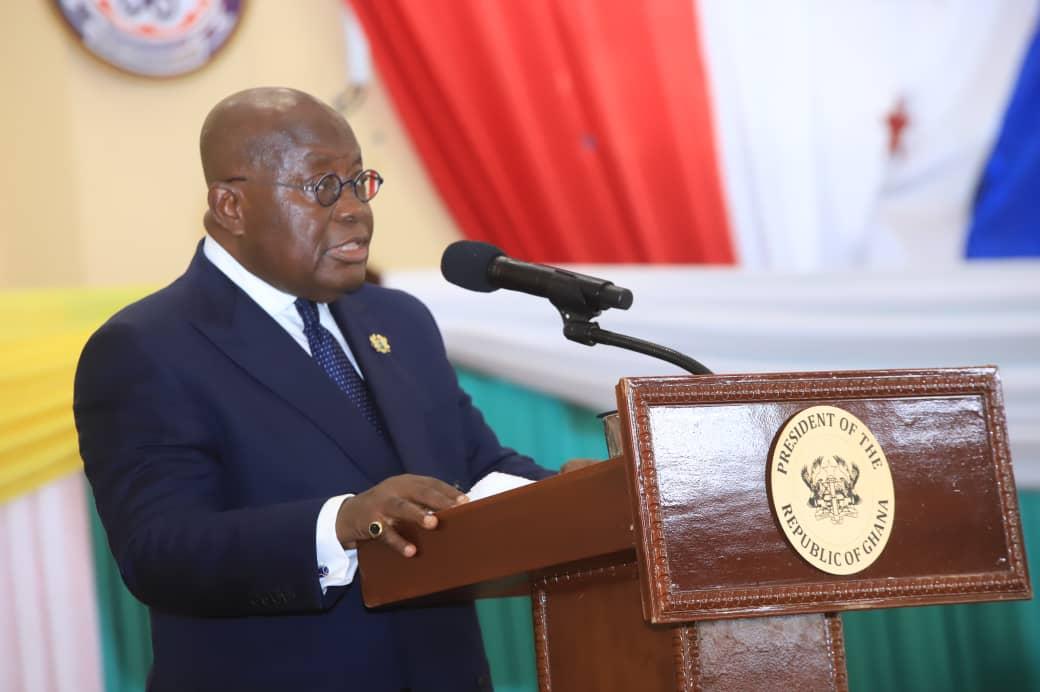

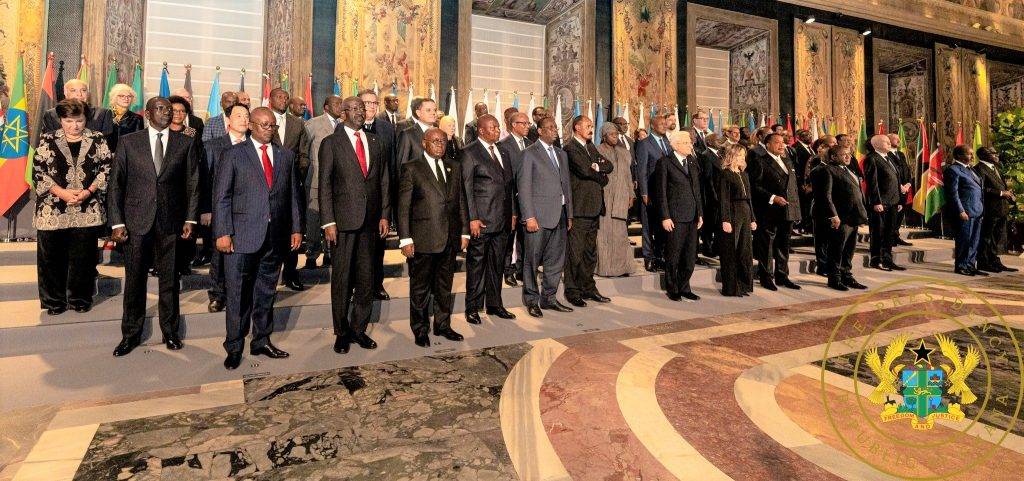



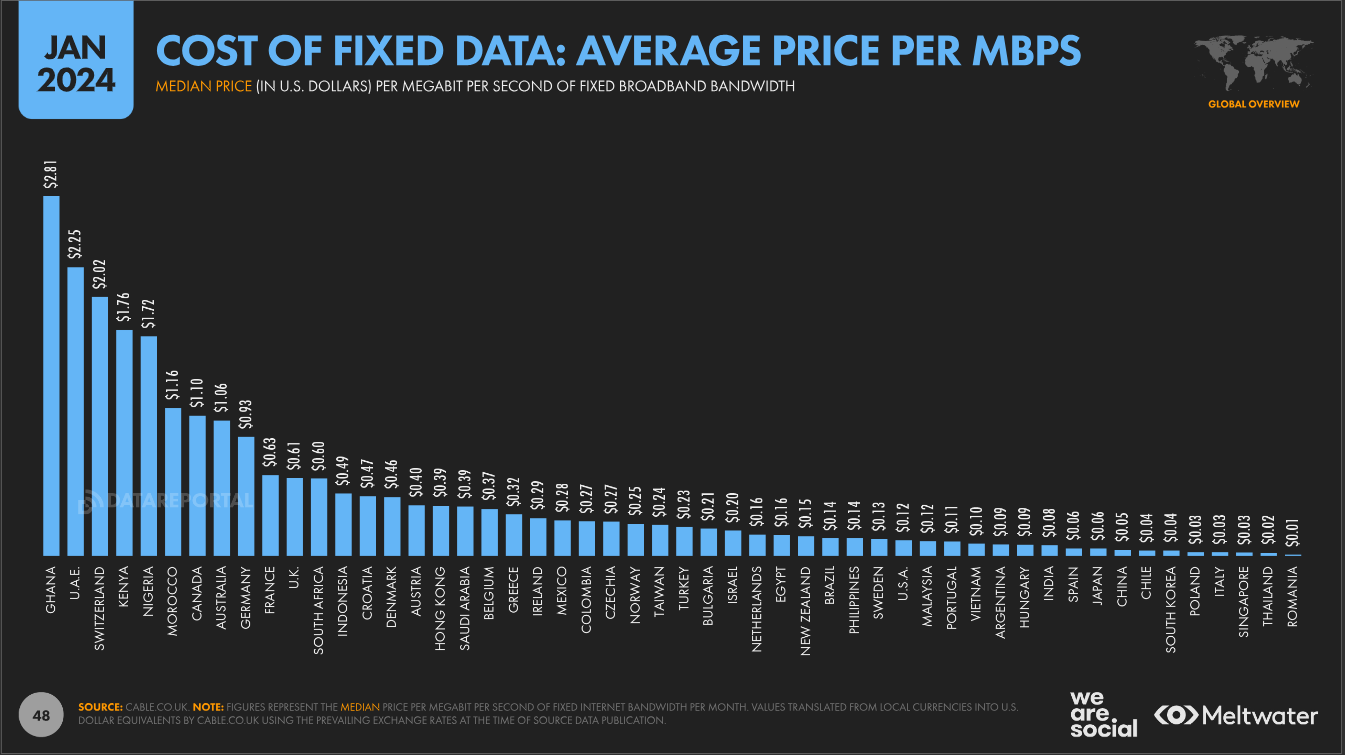



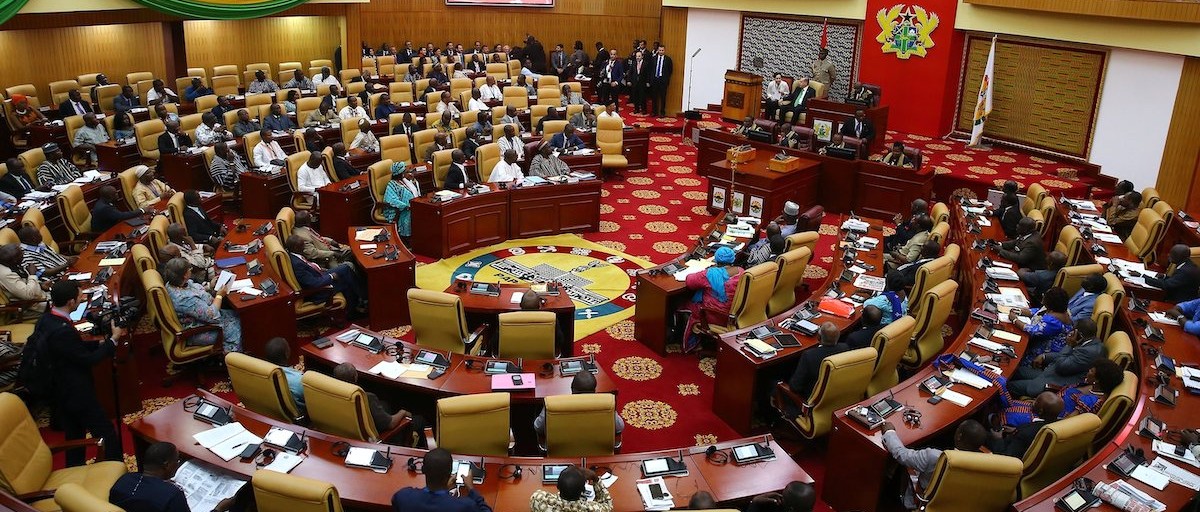








Facebook
Twitter
Pinterest
Instagram
Google+
YouTube
LinkedIn
RSS